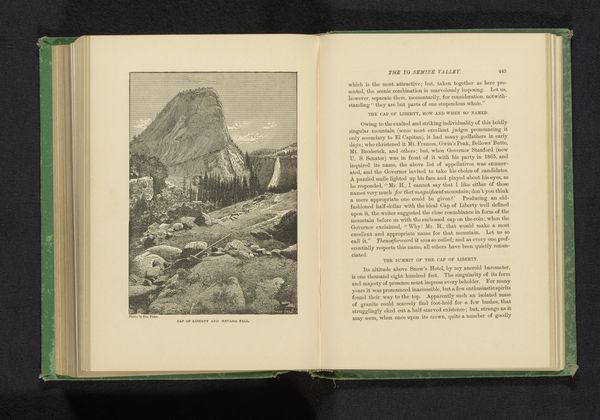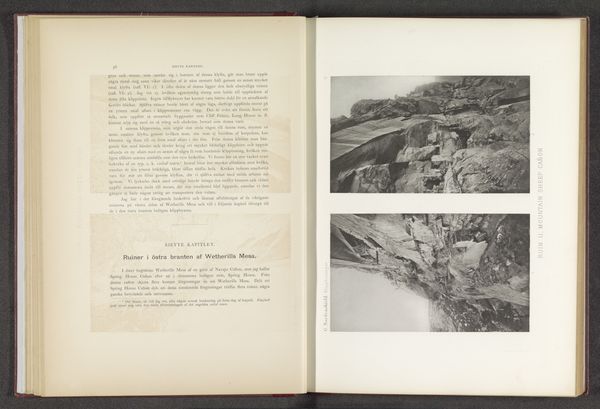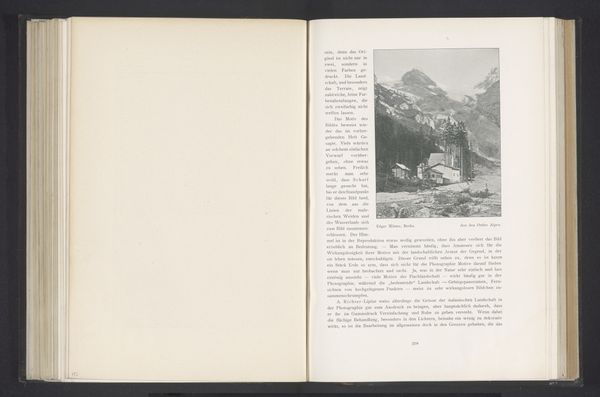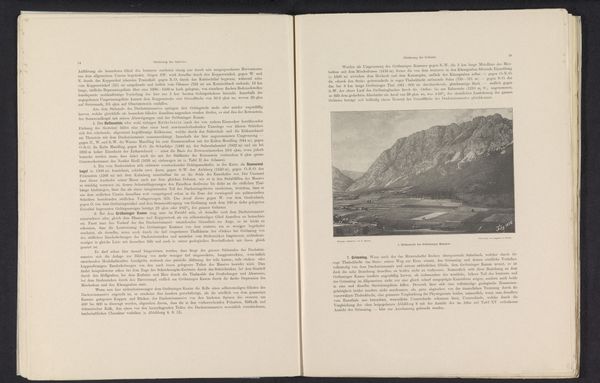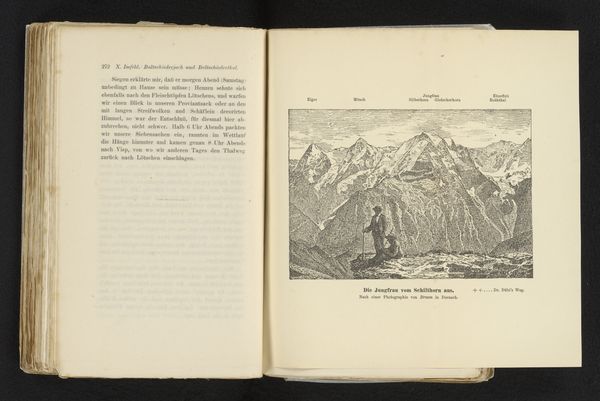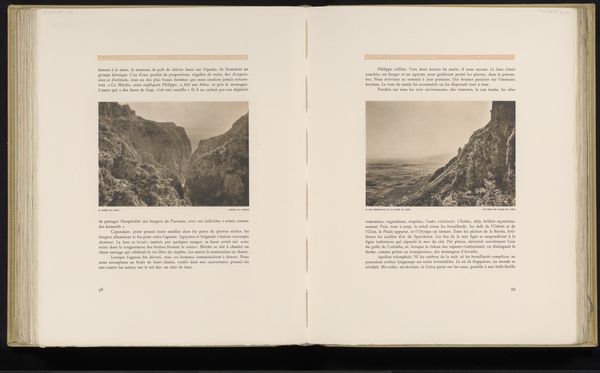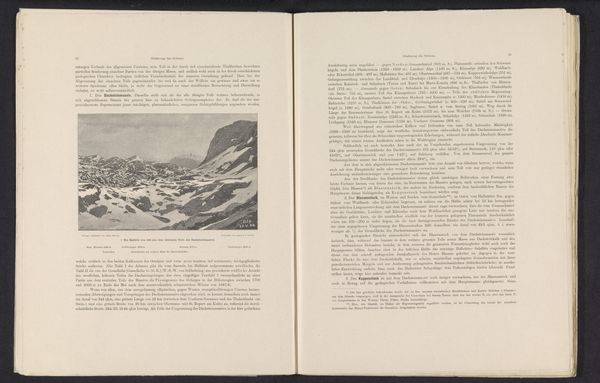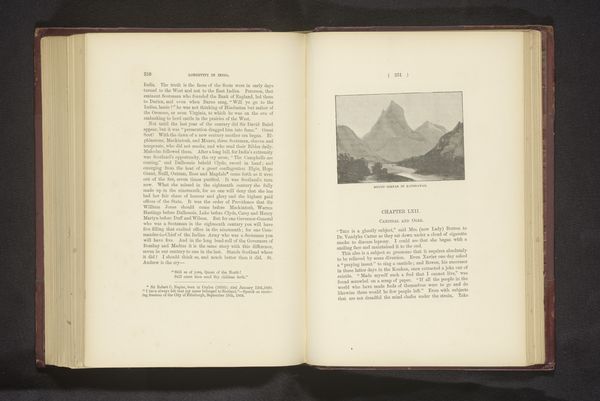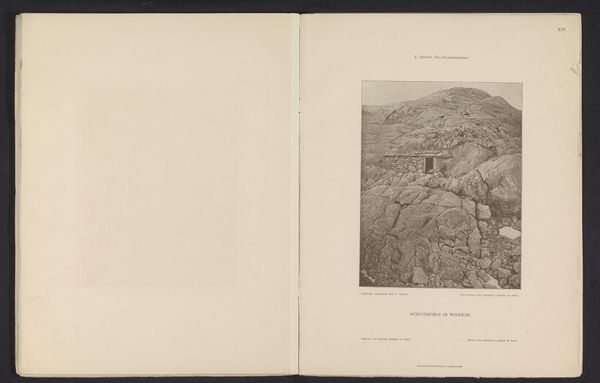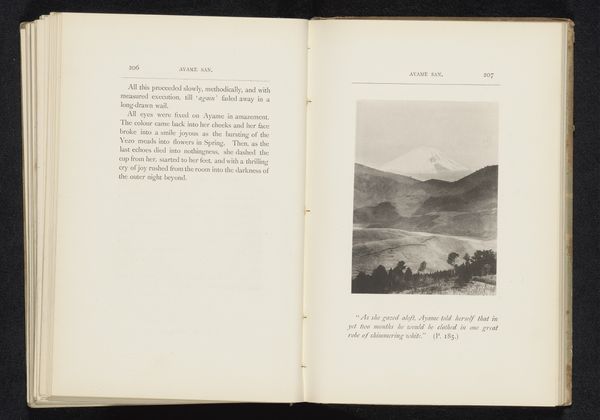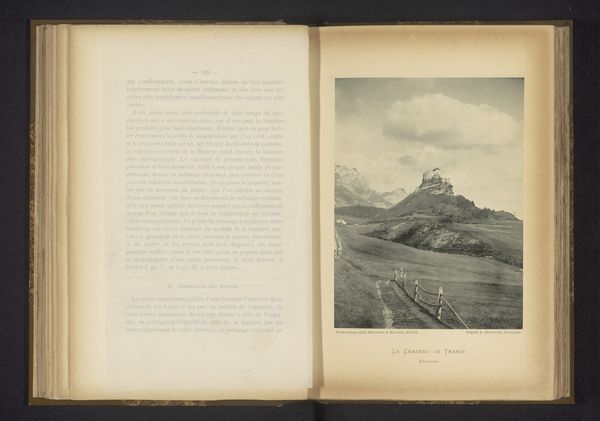
print, photography
# print
#
landscape
#
river
#
photography
#
mountain
Dimensions: height 139 mm, width 106 mm
Copyright: Rijks Museum: Open Domain
Editor: So, we're looking at a photographic print titled "Bergen nabij Furfooz," made before 1903. It seems to capture two distinct mountain landscapes. There's a certain scientific or documentary mood to it. What do you see in this piece, especially considering its time? Curator: What strikes me is how this image, likely intended as documentation, inadvertently becomes a statement on land and ownership. Pre-1903, the idea of wilderness, especially within a European context, is loaded. Who has access to this "wild" space? Is it truly uninhabited, or does the photograph erase indigenous presence or rural communities? The scientific gaze, especially then, was often a tool of colonization, of cataloging and claiming. Do these mountains become objects to be possessed simply by photographing them? Editor: That's a perspective I hadn't considered. So the photograph isn’t just about the mountains themselves, but about the power dynamics involved in representing them. Curator: Exactly. Consider the composition. The photographer positions themselves to capture these imposing landscapes. Who is afforded the ability and privilege to experience nature and render it for public consumption? Are there narratives outside this one of dominant, arguably masculine, exploration? Editor: So by analyzing this seemingly straightforward landscape image, we can start unpacking ideas about colonialism and class. Curator: Precisely! The work prompts questions about land ownership, accessibility, and how images can participate in social structures of power and authority. Understanding that early photography held such ideological potential changes how we understand the relationship between art and society even now. Editor: I hadn't thought of a landscape photograph having so much social and political significance. It’s incredible. Curator: The power of art history is looking for exactly that, those hidden narratives that question our own assumptions.
Comments
No comments
Be the first to comment and join the conversation on the ultimate creative platform.

